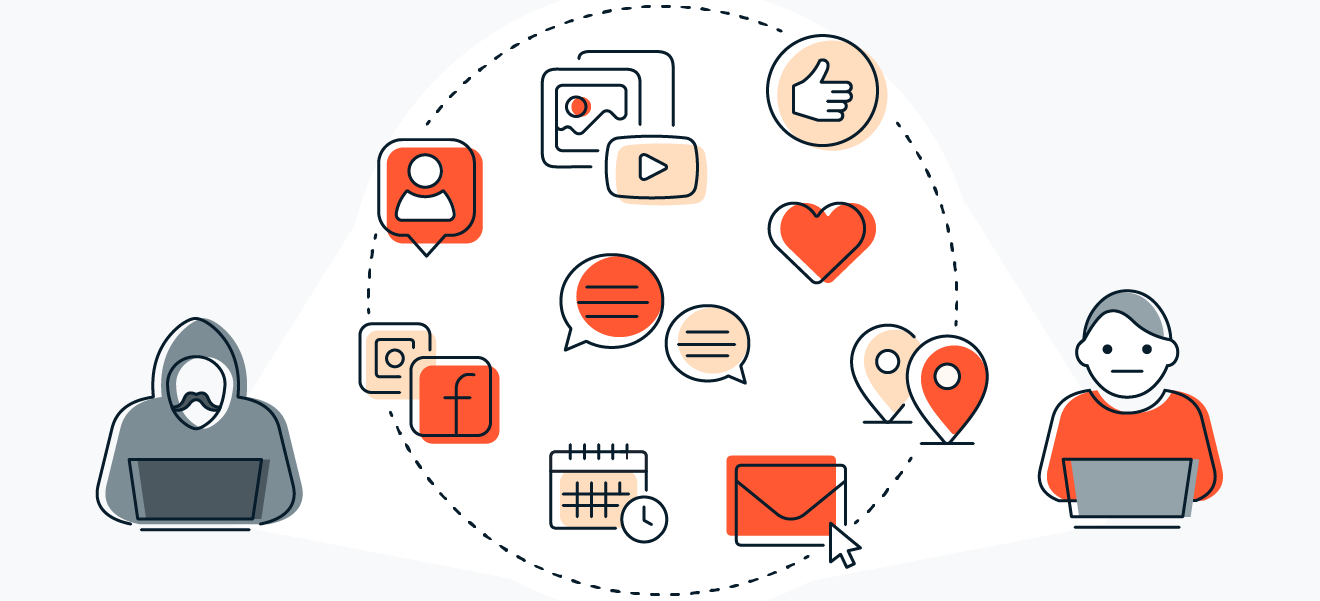Overview of Cybersecurity Trends
In 2024, the cybersecurity landscape is constantly evolving, with
sophisticated threats leveraging artificial intelligence and machine learning.
Attackers are constantly refining their methods, while defenders want to stay
ahead with innovative solutions. Cloud security, remote work vulnerabilities,
and supply chain attacks are some of the major trends impacting the security
landscape.
Types of online threats: malware,
phishing, and more
Malware continues to evolve in complexity, with ransomware posing a
particularly high risk to both individuals and organizations. Phishing scams
aim to trick victims into revealing their login credentials through deceptive
emails and websites. In addition, spyware, adware, and Trojans are also
prevalent and pose challenges for cybersecurity professionals.
Rising Risks from Social Engineering
Scams
Social engineering scams use human psychology to trick victims into
revealing sensitive information. In 2024, cybercriminals are using increasingly
sophisticated methods, including spear phishing and vishing (voice phishing),
to exploit unsuspecting individuals and organizations.
Internet Safety Tips: Online Safety in
2024
Protect your devices
Make sure all devices, from smartphones to laptops, are protected with
up-to-date antivirus software and firewalls. Use device encryption and set up
strong passwords to add an extra layer of protection.
Protect personal data
Be vigilant about the personal information you share online. Avoid
sharing too much information on social media and limit the amount of personally
identifiable information (PII) you share on websites. Encrypt sensitive files
and use data backup tools regularly.
Manage privacy on social media
Review and update your privacy settings across all social media. Limit who can see your posts and remove any unused or outdated information. Be wary of friend requests from people you don't know.
Avoid online scams
Be aware of common scams, such as online shopping scams, fake tech
support calls, and investment scams. Check the authenticity of offers and
transactions before making a commitment.
Use Safe Browsing Practices
Always surf with caution. Check website security by looking for "https"
and a secure lock icon. Avoid downloading software from unknown sources and be
wary of pop-ups and unsolicited downloads.
Keep software up-to-date
Make sure your operating systems, applications, and security software are
up-to-date. Automatic updates quickly close security gaps and keep your
defenses strong.
Detect and Avoid Phishing
Identify phishing attempts by carefully checking email addresses, URLs,
and the language of the messages. Don't click on suspicious links and verify
requests directly with the source.
Secure Online Transactions
Use trusted payment methods and secure websites for online transactions.
Regularly monitor your bank statements for unauthorized transactions and set up
alerts if necessary.
Practice Password Hygiene
Use strong, unique passwords for each account. Incorporate a mix of
letters, numbers, and symbols. Consider using a password manager to create and
store strong passwords.
New technologies and their security
implications
KI und Cybersecurity
AI technology is a double-edged sword in cybersecurity, supporting both
attackers and defenders. While attackers use AI for sophisticated attacks,
security experts use it to identify vulnerabilities and automate threat
detection.
The proliferation of IoT devices has brought new vulnerabilities. Protect
your smart devices by changing default passwords, applying regular updates, and
monitoring network activity.
Blockchain technology and security
Blockchain, often praised for its security, is not immune to cyber
threats. Watch out for potential vulnerabilities, such as smart contracts, and
use secure cryptocurrency wallets.
Cybersecurity tips for different user
groups
For Individuals
Individuals should practice password hygiene, enable two-factor authentication,
and not share personal information lightly. Regularly monitor financial
accounts and learn about common scams.
For Businesses
Companies should implement layered security measures, conduct regular
training for employees, and develop a comprehensive contingency plan. Ensure
compliance with data protection regulations and encrypt sensitive data.
For parents and children
Parents should set up parental controls on devices and have open
conversations with their children about online safety. Encourage children to
report suspicious activity and not share personal information.
How Governments and Organizations Are
Improving Cybersecurity
Cybersecurity Regulations
Governments around the world are implementing strong privacy laws and
cybersecurity regulations, ensuring that organizations prioritize security
practices and consumer privacy.
Collaboration with technology
companies
Governments are partnering with technology companies to develop better
security solutions, share threat intelligence, and improve public safety from
cyberattacks.
Publicity campaigns
Public awareness campaigns are crucial to educate the masses about new threats. Governments, NGOs, and companies are collaborating to create educational content and provide resources to prevent cybercrime.



Comments
Post a Comment